|
Now that trimester two is over, we are moving out of the Middle Ages and into the Early Modern Period of the Renaissance, Reformation, and Age of Discovery. Students did an excellent job anticipating changes that might occur following the decline of the feudal system, and we were able to take a couple of days to examine Magna Carta and make parallels between it and some of our more modern documents that limit the powers of our leaders and give us basic rights.
This week, we started specifically looking at the Renaissance and reviewing Greco-Roman achievements to explain how this "re-birth" paved the way for the modern world. We spent some time with Petrarch and examining how the (often complicated for 8th grade) idea of humanism will affect this time period. I was really impressed with how well students are able to identify the new themes we are working with. Today, students are working on creating seals or logos for humanist thought. I can't wait to see the final products :)
0 Comments
New trimester and new time period in Social Studies! While we spent T1 looking at the development, fall, and continuation of Rome into the Byzantine Empire, T2 focuses primarily on the Middle Ages. Students have been spending time looking at major themes throughout the Middle Ages like war, religion, and power struggles.
This unit is unique in that it is broken into different simultaneous (as well as chronological!) geographic areas. For example, we will look at the Franks, the English, Vikings, the Islamic Empire, and other groups that have had a lasting legacy on our world. We will also explore how Rome has endured through this time period and into today as well as things like the English language, beginnings of religious freedom, and other lasting impacts. This unit is fairly long and does include a lot more names, vocab terms, and dates than T1. This is introduced gradually, but some students can get overwhelmed and forget that our priority is still the big picture. Feel free to remind your son or daughter that the details are less important than the themes and 'big picture,' and feel free to email me with any questions or concerns. Stay tuned for student work as we dive deeper in the next couple of weeks. For the past couple of weeks in Social Studies, students have been learning about and discussing how the Roman Republic functioned before the rise of Julius Caesar. We have talked about some of the parallels between the Roman Republic and the US Government, some of the problems and difficulties that every government in the world faces, and how Julius Caesar was able to gain power in Ancient Rome. Last week, students were broken up into different branches of Rome's government and had to solve real issues that had to do with taxes, starvation, invasion, and people within the government breaking the law. I was really impressed with how students not only took logical approaches to solving these issues, but how they allowed one another to speak without talking over each other. Many students went out of their way to make quieter students feel comfortable sharing their opinions. They were not able to solve all Rome's problems, but luckily that was the point. Today, we did an Assassination Investigation for Julius Caesar. Students formed their own opinion on the motives for his murder based on various pieces of 'evidence.' Enjoy the attached photos of the students "working in the Republic" and "investigating Caesar's assassination" - their enthusiasm is unmatched! We have been busy in Social Studies getting acclimated to our first "real" History course and talking about why history is important to pay attention to. We have covered basic timelines for this year, talked about how small events can have a big impact, how to identify and use primary and secondary sources, and why paying attention to our world is so important. This week, we will move on from introductory information into our first unit: Ancient Rome. The syllabus for this year (written for students) is attached. Feel free to contact me with any questions at [email protected]
Although we are not quite experiencing the "re-birth" of nature outside yet, we are definitely experiencing it indoors with the Renaissance. Students have been looking at the major parallels between Classical, Medieval, & Renaissance history and are just starting to analyze art on their own. Soon you will be able to ask them about the people behind some of the major sights and masterpieces of Florence and beyond.
Last week, we looked at the printing press and how it is among one of the most revolutionary inventions of our time. Check out students using their own "movable type" below to create their own texts. Middle Ages? Medieval Times? Dark Ages? We are currently looking at this often misconstrued time period and what life was like for people in Europe and the Middle East following the Fall of Rome. Before the new year, we looked at the Middle Ages in the Middle East and how the development of Islam affected the region. We saw how the Islamic Empire spread and thrived throughout this time period, and how many advances in technology and thought were made during this time. Students wrote self-guided magazine articles on a variety of topics covering hundreds of years ago to current events, and food items to medieval weaponry. Below are a few student examples: Now we are moving from the East to the West, and are currently looking at how feudal Europe develops in Rome's wake. Ask your son or daughter about who really had the power in feudal Europe and how those with the money are often those making the rules.
More to come soon! As always, feel free to contact me with any questions. We have wrapped up Rome and are moving into the Byzantine Empire. In this unit, we look at what people really need from their governments and how economic issues can make or break a civilization.
In saying goodbye to the Western Roman Empire, students wrote odes to what made Rome great and what eventually led to its fall. See below for a student example! Stay tuned as things ramp up in this new time period! We've had a great start so far in Social Studies. Students started off the year looking at some of the tools we use to learn about history. The Domino Effect, primary & secondary sources, recognizing bias, and identifying social, political, cultural, and economic issues were the main themes. We also covered September 11, Constitution Day, and have had discussions about current events. I am very impressed with the students' insightful comments on these topics and their genuine curiosity about the world around them. One thing we will be working on a lot this year is primary and secondary sources. Students made source guides with the goal that a younger student could look at their guide and learn the differences between the two types. A couple of examples done on paper are below! This week, we are jumping into our first report card standard, Explains the development and rise of the Roman Empire. As we simulate the Roman senate and watch Rome grow, more information and pictures will come!
Please don't hesitate to reach out to me with questions: [email protected] We recently started our Renaissance unit by making parallels between the end of the Dark Ages and some of the improvements that are made during that time. Students learned a bit about Francesco Petrarch, the humanist writer, and how he felt about the time period he lived in. In this unit, we apply the concept of Renaissance Humanism to almost everything we study. To prepare for this, students did some readings about humanism and looked at some of the examples in art and literature and created their own infographics to teach other about the topic. Some of the most amazing infographics were done on paper. They are very detailed and even include some elements of the famous paintings we will be looking at in the coming weeks. Take a look at the little slideshow below!
Things are thawing out in the Dark Ages and we will soon be moving into a rebirth in Western Europe - the Renaissance! Hopefully the rebirth of Spring comes just as soon in Shrewsbury :)
Students have been looking at events in England that kickstart the decline of the feudal system, the first one being the Magna Carta. Students looked closely at a difficult excerpt from the document to make parallels between the rights that the English were asking for in 1215 and some of the rights we are guaranteed in our Constitution. I was very impressed with the parallels that students were able to make on their own in group discussion without my guidance. We have a lot of young politicians on team! Recently, students worked on stop motion videos using a variety of materials to show the events in Europe that led up to the Norman Conquest of England. Some students used white boards for their doodles, some did it on various apps on their iPads, and some did it all by hand. Below is one example of the final product as well as two students working on their in class. They came out great! Ask your student how early English was formed as a result of the Norman Conquest! |
The 8 Blue TEamMs. Amaral - Social Studies Archives
May 2020
Categories |
||||||
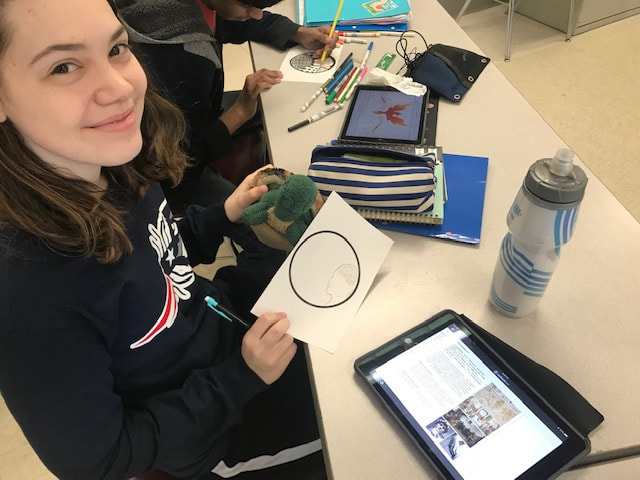
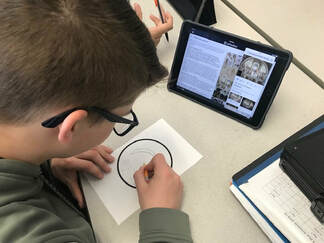
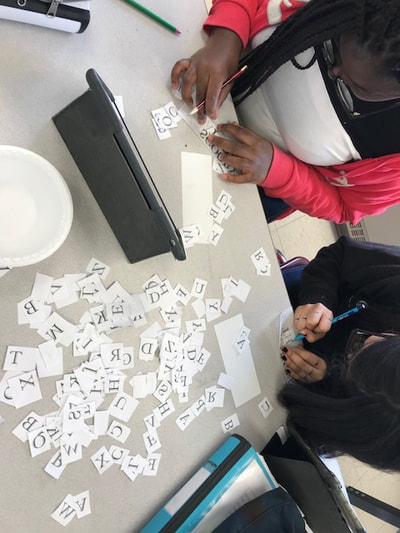
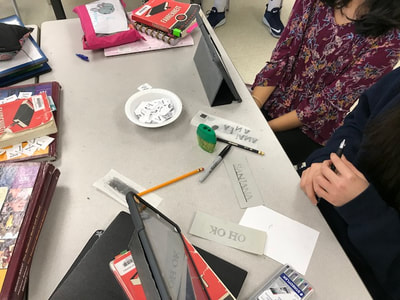
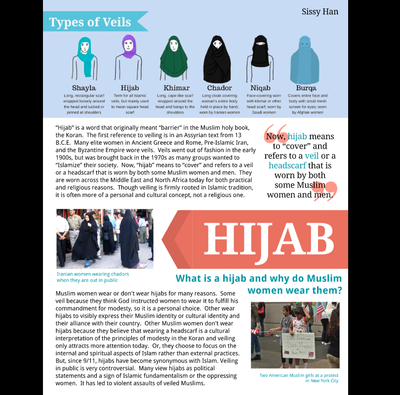
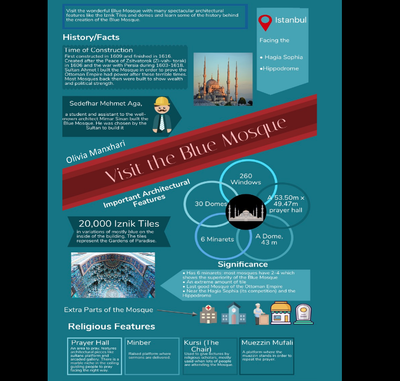
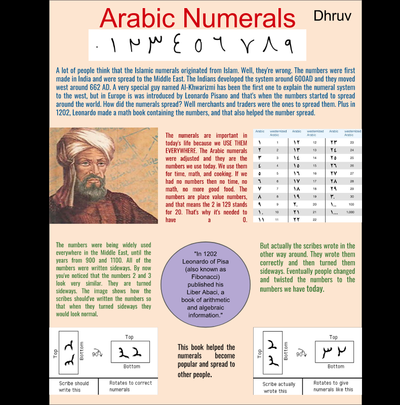

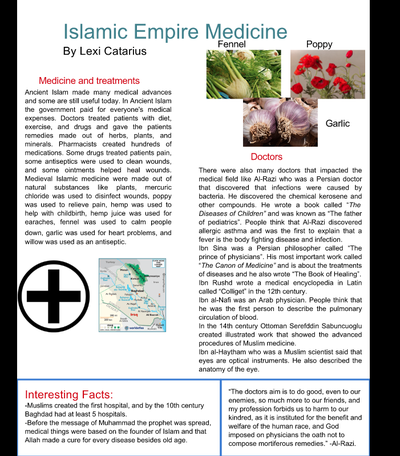
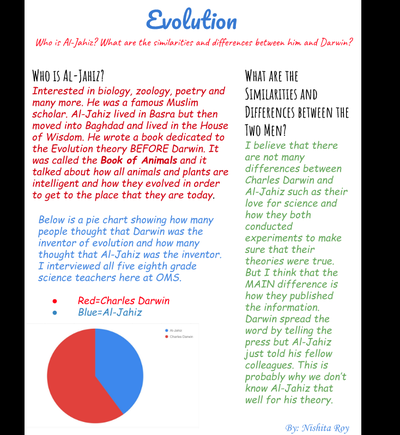
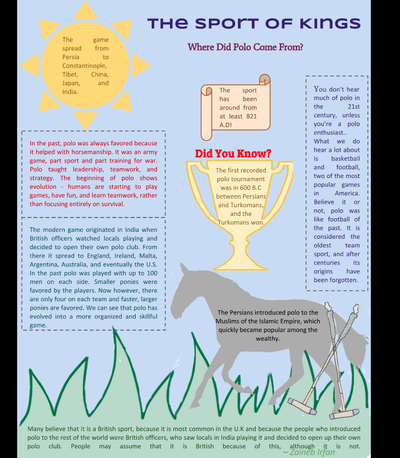
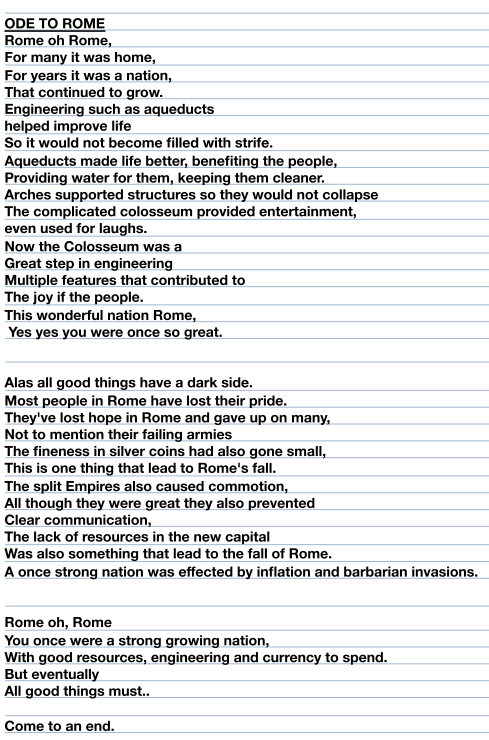

 RSS Feed
RSS Feed
